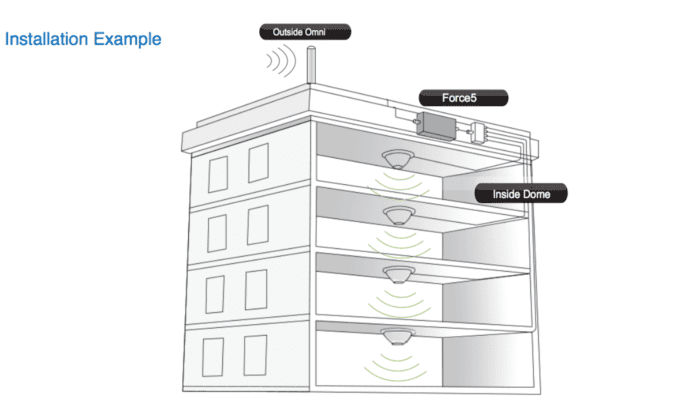CEO of signal booster specialist SureCall looks to the 5G future
5G signal boosters will be an essential part of delivering next-generation services inside buildings, Hongtao Zhan, SureCall CEO, told RCR Wireless News in an interview. The executive said the technology could be in market by 2020 but it will be a challenging development path.
“This is an inflection point for the whole industry,” Zhan said of the pending commercialization and spread of 5G. “In-building, small cells, signal boosters, the whole cellular industry, they all play together. With 5G coming, we will be in an excellent position to capitalize. There’s a lot of innovation we’re going to have in this field. 5G is not just an extension of 4G. This whole in-building coverage problem will be 100 times worse. Think about that.”
In the U.S. Verizon and AT&T are both planning to launch commercial 5G networks in select cities using high-band millimeter wave spectrum. Millimeter wave provides the tremendous capacity gains 5G will bring but comes with challenging propagation and penetration characteristics.
“At 28 GHz nothing goes through a concrete wall. Nothing. Zero,” Zhan said. “The whole in-building coverage issue will be horrible, impossible, without some kind of device to help like a small cell or a signal booster. That’s the landscape we’re facing, which creates a huge opportunity for the whole industry.”
SureCall, along with just about every in-building wireless vendor, is eager to make inroad in what’s called the “middleprise,” buildings between 100,000-square-feet and 500,000-square feet. At a high level, carriers reserve their in-building investment capital for marquee venues like stadiums, transit hubs and convention centers. This leaves a huge swatch of buildings in need of in-building systems with investment coming from building owners, tenants or neutral host providers. Couple this paradigm with statistics that suggest around 80% of mobile traffic originates in buildings, there’s a clear market opportunity.
As it relates to the continued development of signal boosters, small cells and other in-building equipment, Zhan said, “The whole industry has to go there regardless of how difficult it is. That’s the challenging and interesting part of this. There will be a solution to get 5G inside a building. This problem has to be solved before 5G can happen for the general population. Signal boosters are one excellent potential solution for these huge problems. The last mile problem is the toughest that we’re facing. I predict there will be 5G signal boosters going out in 2020.”

